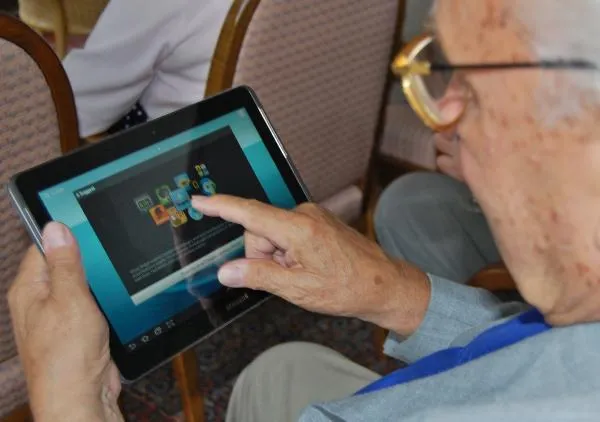FCC deputy chief: new technology must be accessible for people with disabilities

“Being able to connect can break down not only physical, but attitudinal barriers for people with disabilities, promoting greater self-determination and integration into society,” said Karen Peltz-Strauss, deputy chief of the FCC Consumer & Governmental Affairs Bureau. “But this can only happen if these technologies are designed to be accessible.”
Peltz-Strauss, a long-time advocate for the rights of people with disabilities, accepted an award from the National Consumers League. In her acceptance speech, she highlighted some of the ways innovations in technology fail to account for people with disabilities – for example, people without sight:
Think back to how a landline phone used to work. You picked it up and dialed it – initially with a rotary dial, and later with touch-tones. Easy for a person without sight because only the sense of touch was needed to dial. However, now think about the flat screens that perform multiple menu functions on smartphones. When these were first introduced, they weren’t accessible to people who can’t see and took away the telephone access they once had.
There is still room for improvement in the technology sector, and the landscape is changing due to a rapidly aging population with declining hearing, vision, and cognition. “As a result,” she concludes, “there are now greater options to communicate in text, voice, and video, and to access products and services through audio, tactile, and visual means, a result that ends up benefitting everyone.”
Link:
Remarks of Karen Peltz-Strauss (FCC, Sept. 21, 2016)
CWA members oppose AT&T’s attempts to stop serving rural and low-income communities in California
CWA urges FCC to deny industry attempts to loosen pole attachment standards
CWA District 6 reaches agreement with AT&T Mobility



